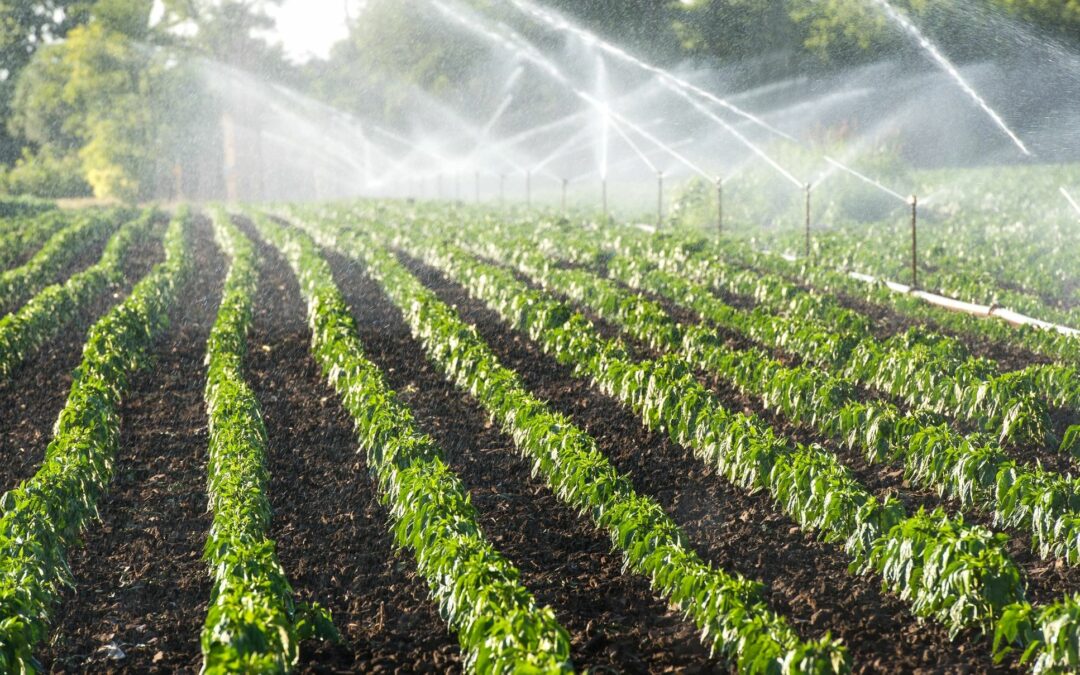In this clip, Patrick Henry, the CEO of GroGuru talks with Dr. Jeff Campbell, GroGuru’s Chief Science Officer. In this video, they are talking about technology and how it relates to measuring soil moisture. They discuss all the things related to GroGuru’s sensor technology and the information that we can get out of the ground to farmers to help them with their irrigation recommendations.
Patrick: Tell us a little about soil moisture measurement. What exactly is it?
Jeff: If you look at soil, it’s composed of three major constituents. There is the soil particle material itself, air and water. We’re measuring soil moisture expressed as a volumetric water content. If you look at typical soil, about 40% of the soil space in completely dry soil is air.
That can be filled with water as the soil is wetted. If you have a 10% volumetric soil moisture reading, that means about 10% of the volume of the soil is composed of water. If you had a 10-inch layer of soil and you had a 10% volumetric of water content, that’s equivalent to about one inch of water distributed throughout that 10 inches of soil.
Patrick: It’s expressed as a percentage. In layman’s terms, how do you interpret that?
Jeff: It can be used in a couple of ways. There are two points in the soil that are particularly important in agriculture. One is the field capacity of the soil. That is the maximum holding capacity of the soil. When the moisture exceeds that, water will drain to greater depth in the soil. The other lower point is the permanent wilt point.
At that point or below, the plant is permanently stressed and damaged. The difference between the permanent wilt point and field capacity is your management window. You need to stay within that band, ideally, significantly above the permanent wilt point. You can badly damage a crop.
One of the advantages of having volumetric water content is that it makes it easy to relate that to ET. That is evapotranspiration. That reading can be used to schedule and predict irrigation needs coming up in the future. That’s based off either historical ET or predicted ET.

